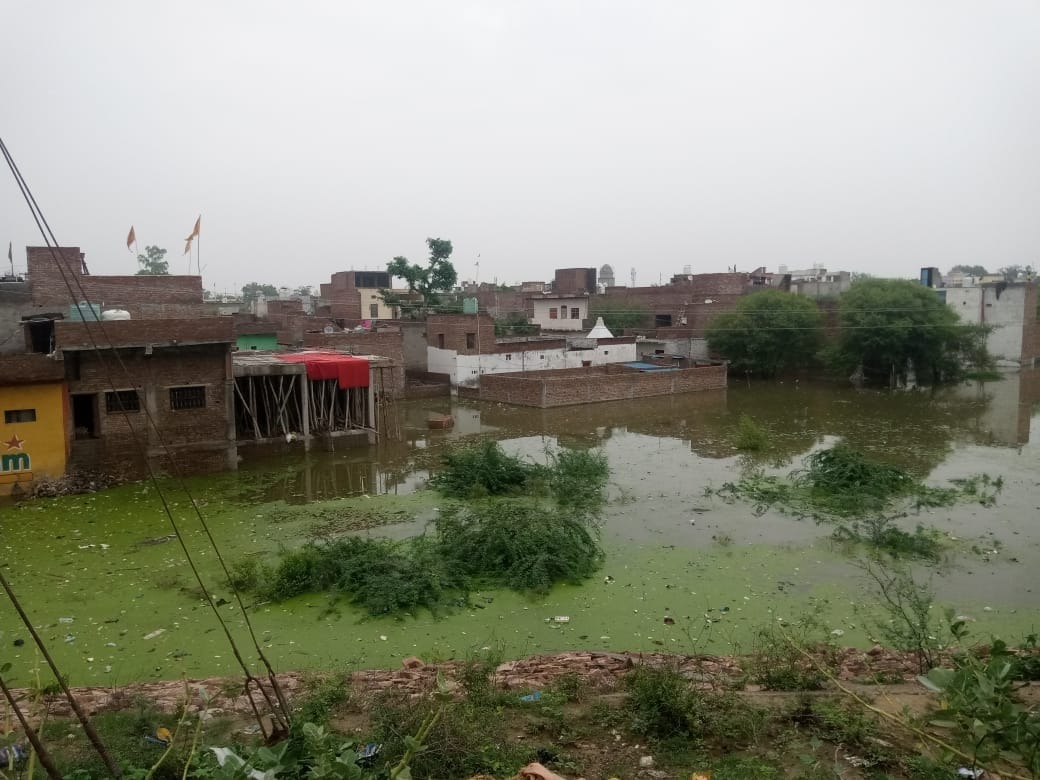Sen, J.@mdashThis is an appeal by the plaintiff for joint possession of plot 362/1 and for damage''s. The plot in question is admittedly the joint holding of the parties and the plaintiff owns a one-third share therein. In the year 1925 the defendants having dispossessed the plaintiff from plot 362 along with certain other properties, a suit for possession was instituted against the defendants. This suit was decreed by the trial Court on 20th February 1925 and the decree was affirmed on appeal on 2nd December 1925. Formal delivery of possession was made on 5th May 1926. In July 1926 the defendants are alleged to have successfully obstructed the plaintiff from cultivating the land; hence the suit.
2. The suit was contested by Lala Badri Lal defendant 1. He pleaded that he had not obstructed or dispossessed the plaintiff from the land in dispute and that no cause of action had accrued to the plaintiff.
3. The Court of first instance repelled this plea and granted the plaintiff a decree for joint possession and Rs. 11-4-0 as damages. The lower appellate Court has reversed the decree and dismissed the plaintiff''s suit. The ground upon which the judgment of the lower appellate Court is based, is that the plaintiff had mortgaged his share in plot 362/1 with possession to one Ram Naresh Lal, that the mortgagee has continued in possession right up to the institution of the present suit and that the story about an obstruction or dispossession on behalf of the defendants is entirely unjustified.
4. The plea that the property in suit has remained in the possession of Ram Naresh Lal was not taken in the written statement. A half-hearted attempt seems to have been made before the trial Court to lead evidence on this point, in spite of the fact that the pleadings did not give rise to this issue. The lower appellate Court, however, has seriously entertained this plea and what is remarkable is that it has sent for the record of a suit which contains the original mortgage bond in favour of Ram Naresh Lal. Where the parties have closed their evidence in the trial Court, it is manifestly clear that it is no province of a Court of appeal in the exercise of its powers under Order 41, Rule 27, Civil P.C., to admit additional evidence on a point which was never in issue in the trial Court and which never arose from the pleadings. It is a salutary rule of law that the parties should be tied down to their pleadings. It is equally a provision of law that no evidence should be allowed to be led on a point which does not strictly arise from the issues in the case. There could be no doubt, therefore, that the lower appellate Court was not justified in sending for the record of a case, and use a document contained therein, as evidence in the case, which was not before that Court. The mortgage bond does not automatically prove itself. No evidence appears have been taken by the appellate Court in proof of the document. If the document could be brought upon the record as additional evidence in the case, an opportunity ought to have been given to the plaintiff to meet that evidence. This was not done. The procedure adopted by the lower appellate Court appears to have been illegal from start to finish.
5. There is still another aspect of the case which does not seem to have been appreciated by the lower appellate Court. In the year 1925, a suit for joint possession of the land now in dispute together with certain other properties was instituted by the plaintiff appellant against the defendants respondents. If, on the date of that suit, the share of the plaintiff in plot 362/1 was already in the possession of Ram Naresh Lal as a usufructuary mortgagee, this plea might and ought to have been raised in the said suit. If the plea had been raised and substantiated, it would have been an effective answer to the plaintiff''s claim for joint possession qua the land in dispute. The plea was not raised and a decree for joint possession was passed. It is not open to the defendants now to raise this plea in answer to the present suit. The defendants are precluded from agitating that question by the constructive rule of res judicata.
6. The appeal is allowed, the judgment of the lower appellate Court is reversed and that of the Court of first instance restored with costs.

